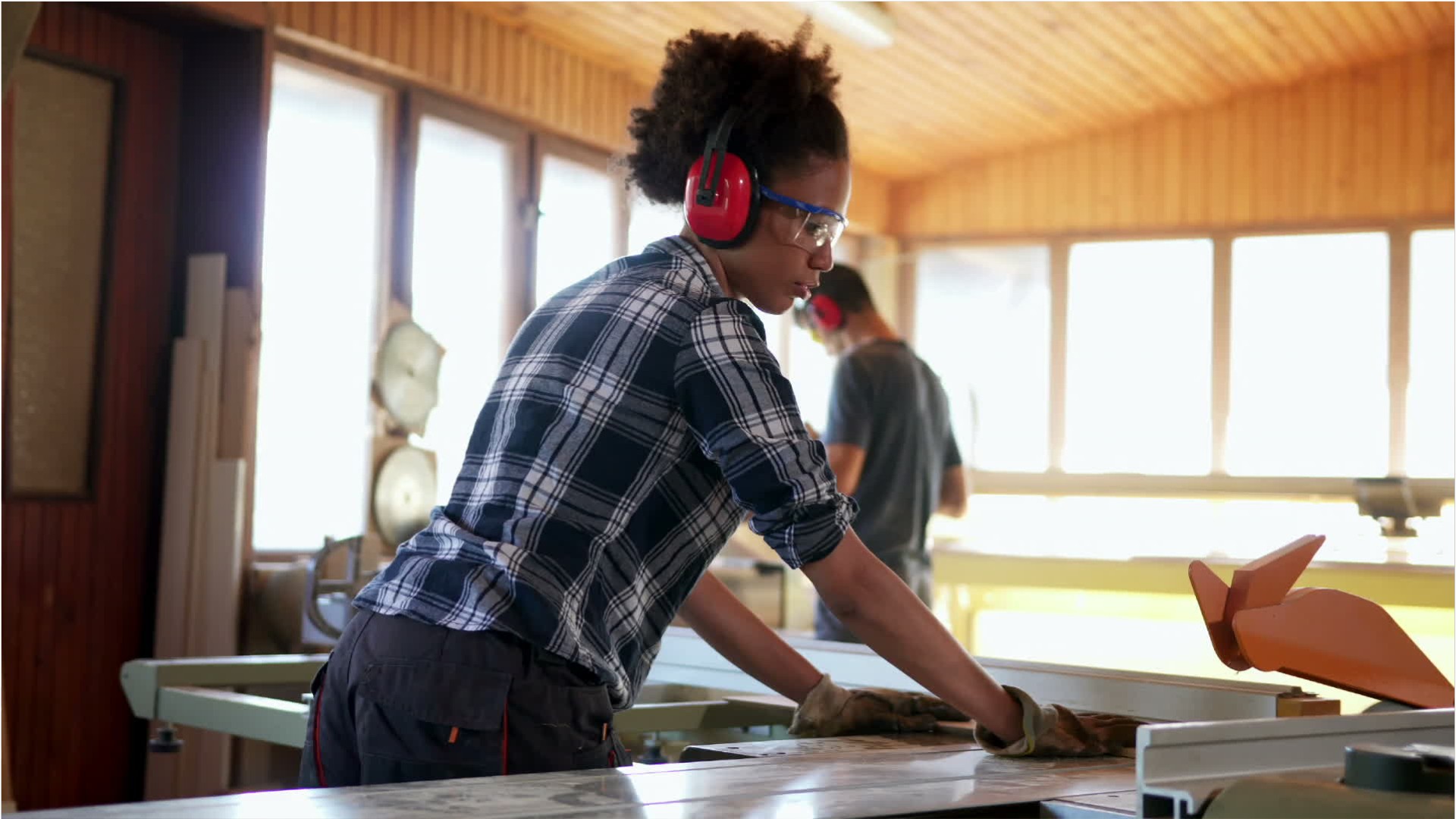Cabinetmakers & Bench Carpenters
Cabinet Assembler, Cabinet Installer, Cabinetmaker, Frame Builder
What they do:
Cut, shape, and assemble wooden articles or set up and operate a variety of woodworking machines, such as power saws, jointers, and mortisers to surface, cut, or shape lumber or to fabricate parts for wood products.
On the job, you would:
- Verify dimensions or check the quality or fit of pieces to ensure adherence to specifications.
- Produce or assemble components of articles, such as store fixtures, office equipment, cabinets, or high-grade furniture.
- Measure and mark dimensions of parts on paper or lumber stock prior to cutting, following blueprints, to ensure a tight fit and quality product.
Knowledge
Math and Science
- arithmetic, algebra, geometry, calculus, or statistics
Engineering and Technology
- building and construction
- design
Manufactured or Agricultural Goods
- manufacture and distribution of products
Skills
Basic Skills
- keeping track of how well people and/or groups are doing in order to make improvements
- talking to others
Problem Solving
- noticing a problem and figuring out the best way to solve it
Abilities
Hand and Finger Use
- hold or move items with your hands
- keep your arm or hand steady
Controlled Movement
- quickly change the controls of a machine, car, truck or boat
- use your arms and/or legs together while sitting, standing, or lying down
Ideas and Logic
- notice when problems happen
- order or arrange things
Personality
People interested in this work like activities that include practical, hands-on problems and solutions.
They do well at jobs that need:
- Attention to Detail
- Dependability
- Cautiousness
- Perseverance
- Achievement Orientation
- Integrity
Technology
You might use software like this on the job:
Spreadsheet software
- Microsoft Excel
Electronic mail software
- Microsoft Outlook
Facilities management software
- Computerized maintenance management system CMMS
Education
Education: (rated 2 of 5)
high school diploma/GED or
certificate after high school
usually needed
certificate after high school
usually needed
Get started on your career:
Find Training
Apprenticeship.gov
Job Outlook
Below Average
New job opportunities are less likely in the future.
Explore More
- Carpenters
- Furniture Finishers
- Model Makers, Wood
- Patternmakers, Wood
- Woodworking Machine Setters, Operators, & Tenders
You might like a career in one of these industries:
See more details at O*NET OnLine about Cabinetmakers & Bench Carpenters.





